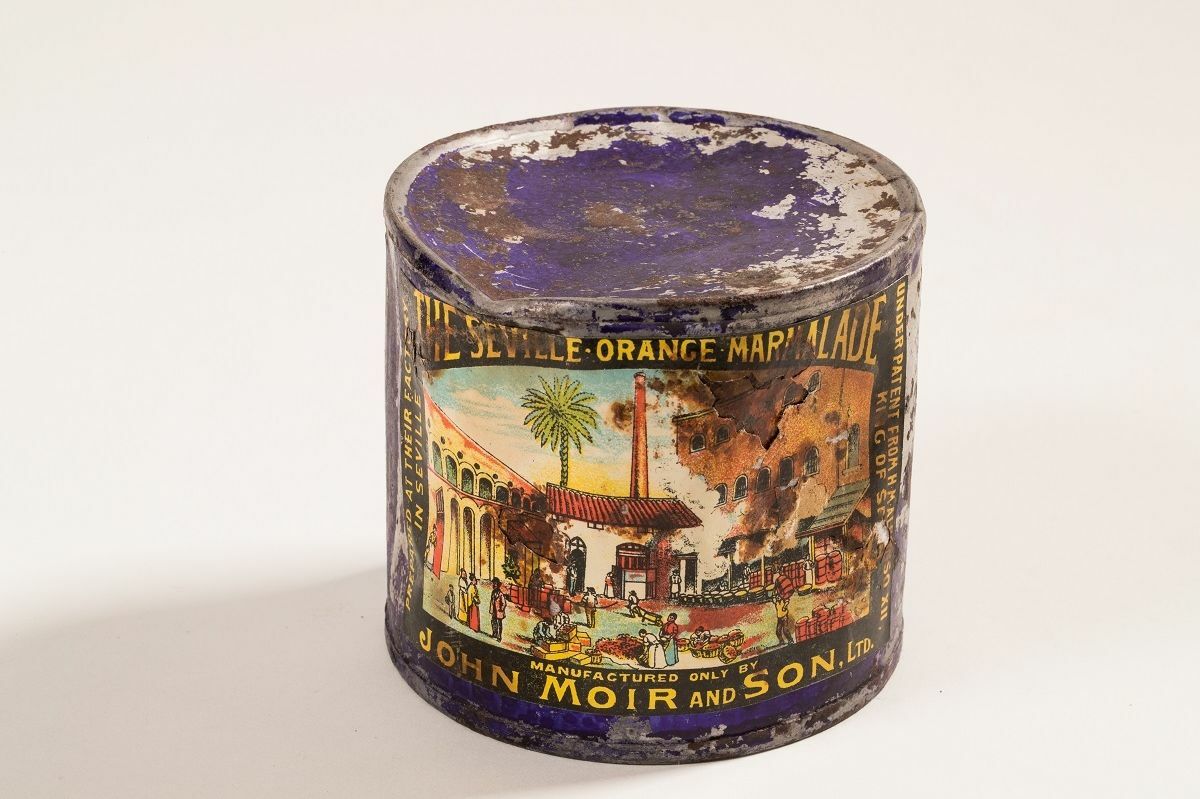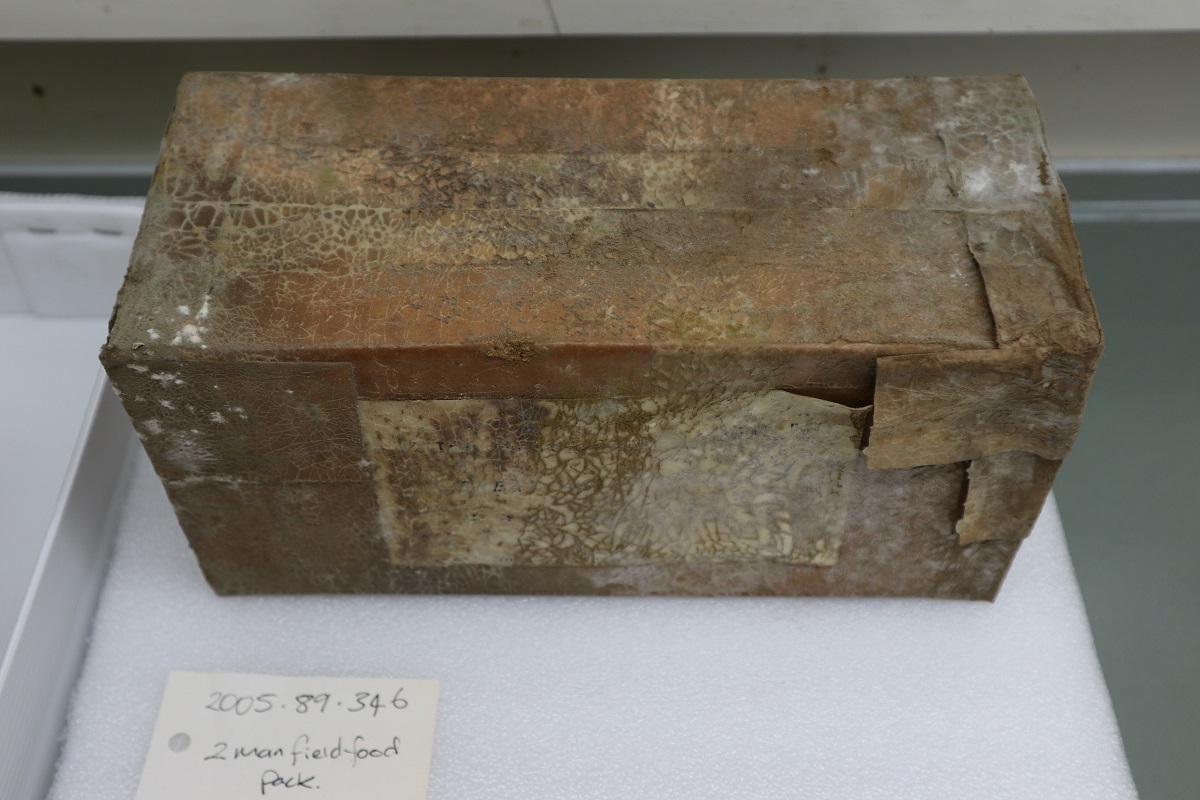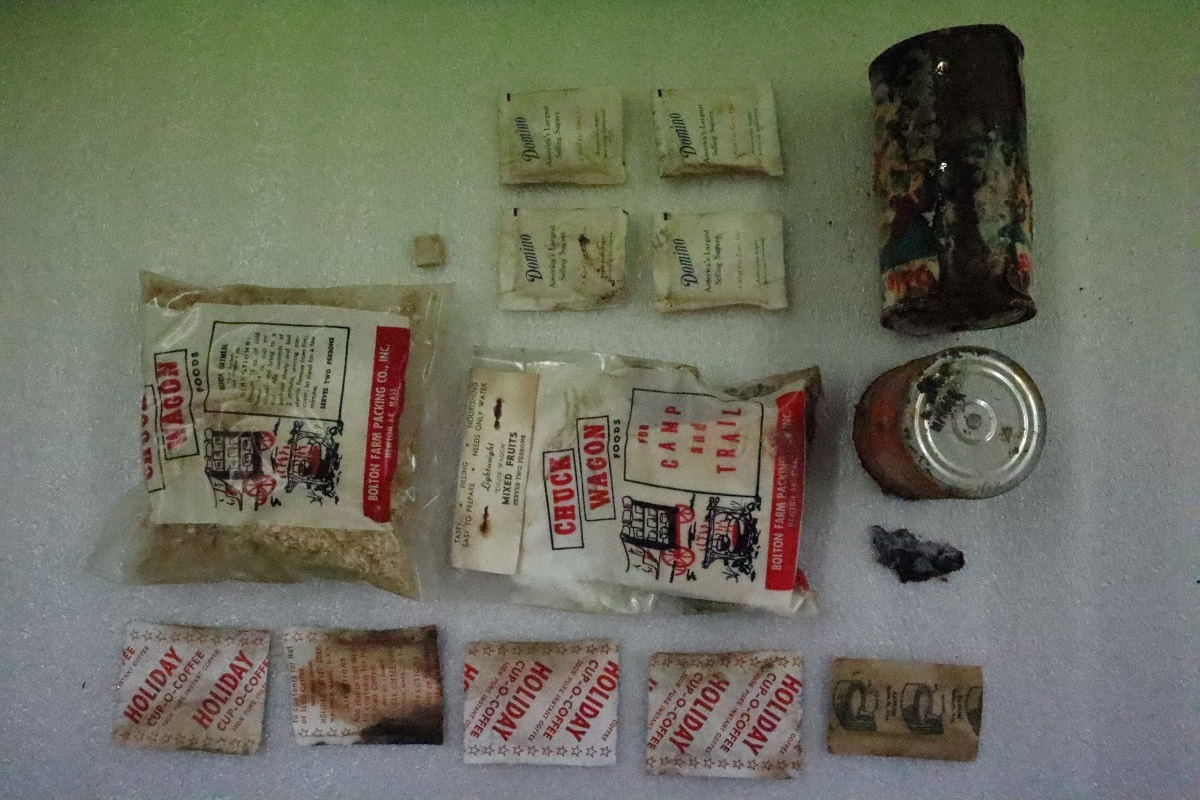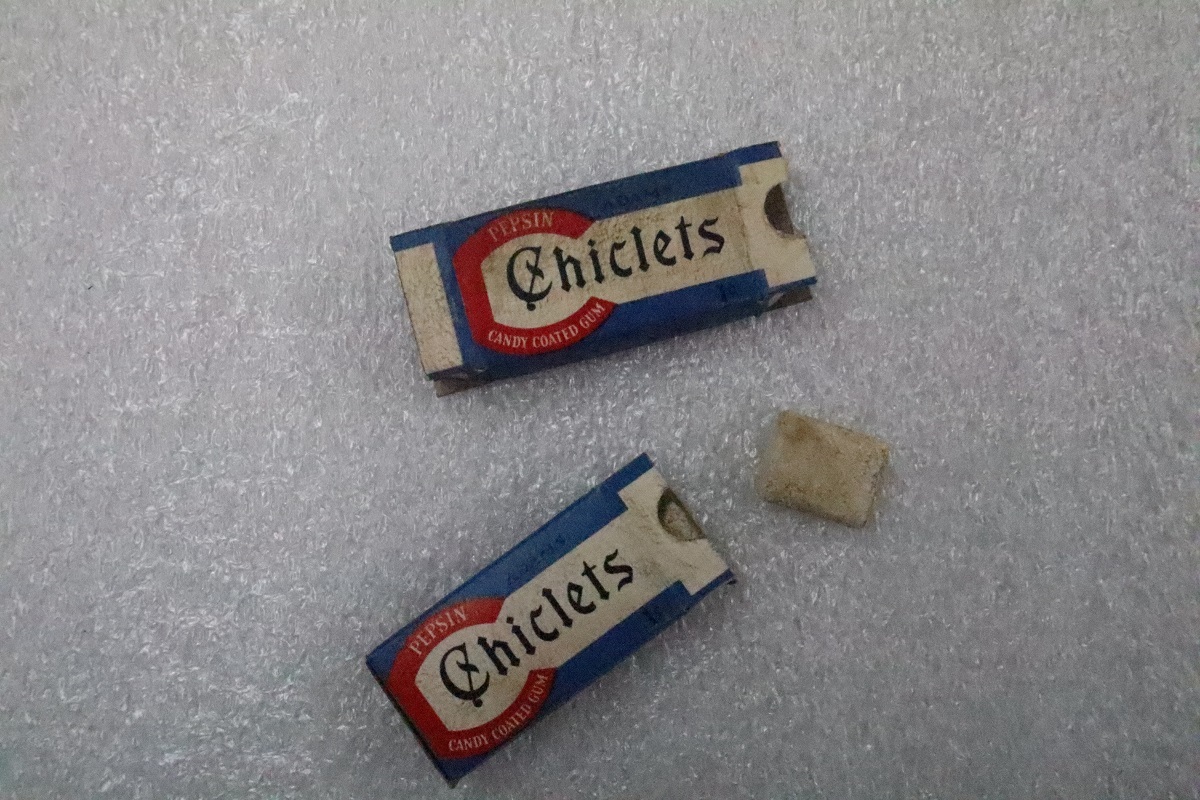As a conservator I care for and treat objects from the Museum's collection. It's a pretty hands-on job and not one that can be easily done from home, so during the lockdown I've turned my attention to research, planning, writing up reports and blogging. Here, I'll try to offer some tantalising glimpses into the Museum's conservation lab.
I am a bit obsessed with tinned food in museums. You can blame my time working with the Antarctic Heritage Trust to treat masses of tins left in Antarctica by the explorers during the heroic age of discovery.

Opening up the layers of packaging to treat the tin often revealed pamphlets extolling the virtues of the contents. When we opened tins of golden syrup, the contents looked almost edible; this sparked my interest in tins and the preservation of their contents in museums.
I think it is fair to say Canterbury Museum has one of the largest collections of historic tinned food in the world and as these tins have not been emptied they often have to make an emergency trip to the conservation lab. Historic tins with their contents still in them have an unfortunate tendency to leak or explode, so you can usually smell them before you see them.
Almost a year ago, five cardboard boxes of mostly tinned food arrived in the studio. Leaking contents had caused mould issues. Once this was treated and the exterior cleaned we could see the boxes were labelled as "2 man geologist rations".

They are from a United States Antarctic mission in 1959 and were never used or opened. The contents varied in all the boxes. In one box breakfast comprised a tin of pineapple juice, instant coffee, sugar, mixed fruit, quick oatmeal, a tin of concentrated milk, a can opener and two pieces of Chiclets chewing gum each.

In another box were two packs of jelly sweets. They still looked deliciously edible and the colours were perfect, having been sealed in a box out of the light. These boxes offer a fantastic peek into what life was like for geologists in Antarctica in the 1950s as well as what long-life food was being produced in the United States at the time. Food is an amazing snapshot into our daily life.

While I'm at home for the Covid-19 lockdown I am going through my pantry dragging out tins and inventorying stock. It feels a little bit like being at work!





